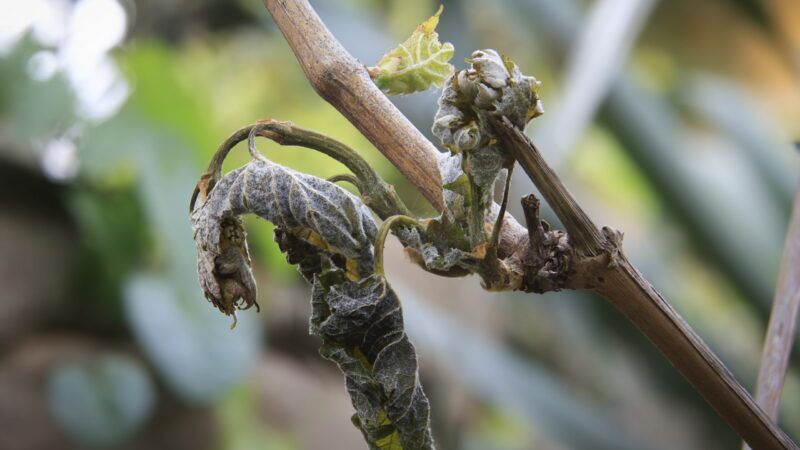The Government Is Choking Off Wineries
It seems anything the government touches dies—today, it’s thousands of acres of once-productive vineyards.

The drinks world has been rocked by dramatic media stories about barren patches of California countryside, abandoned vineyards, and scores of wineries closing their doors. Photos show tens of thousands of vineyard acres being bulldozed and then pulverized into wood chips by large industrialized grinders across the Golden State.
This "Grape Apocalypse" (Grape-pocalypse?) is being framed as the sad but inevitable result of declining consumer interest in wine. That's true, but it's not the full picture.
Unsurprisingly, the wine industry has been hit by inflation. However, the market has also been flooded by spikes in imported wines and grocery store chains preferring their own private-label wine brands (such as Costco's Kirkland Signature wines or Whole Foods' Wine Farmer).
The long-term future of the wine sector is bleak given that Millenials and Gen-Zers are not only drinking less alcohol in general than previous generations but are also increasingly opting for microbrews and craft cocktails over vino. Global wine consumption has hit a 27-year low and American wine sales fell by 8.7 percent in 2023.
But while all these factors certainly play a role, they glide over the biggest industry-wide issue of all for wine: Being choked to death by government policies.
Due to the three-tier system that nearly every state subjects alcohol to, wholesalers or distributors act as government-mandated middlemen connecting alcohol producers to retail stores. The purported rationale for the three-tier system is to prevent Big Alcohol monopolies from forming at the producer level of the supply chain.
And yet, it has essentially done the opposite. For decades there were multiple distributors available for almost every winery. Today, there are fewer than 1,000 distributors for over 8,000 American wineries—and out of those distributors, it's actually just three goliath distributors that control up to 67 percent of all the U.S. wine sales (in some states this climbs to over 90 percent).
This begets a form of government-sponsored collusion, in which the largest distributors disproportionately focus most of their energy on servicing the accounts from the largest wineries. Many smaller and medium-sized wineries are often unable to find distributors who will carry their products. In turn, their wines never even make it to store shelves, severing them from their main market-access channel entirely. When less wine is being produced or sold, fewer grapes are needed—hence the growing epidemic of vineyard desecrations.
It's a lesson the government never learns, especially when it comes to booze: If you create a government-mandated middleman in the name of stopping private alcohol monopolies at one level of the supply chain (the producer level), you inevitably end up creating a government-sanctioned monopoly in another level. Eventually, as Wine-Searcher put it, the "arteries" of America's wine market—the world's largest—become "clogged," with the repercussions flowing all the way back up the supply chain to the grapes themselves.
The way to help independent wineries is to reform the laws to allow more wineries to self-distribute their products directly to retailers, including across state lines. Better yet, scrap the three-tier system entirely and allow alcohol to operate like basically every other industry in America.
If more wineries can stay afloat, then demand for grapes will bounce back—and grape-meggedon can be reversed before it's too late.


Show Comments (204)